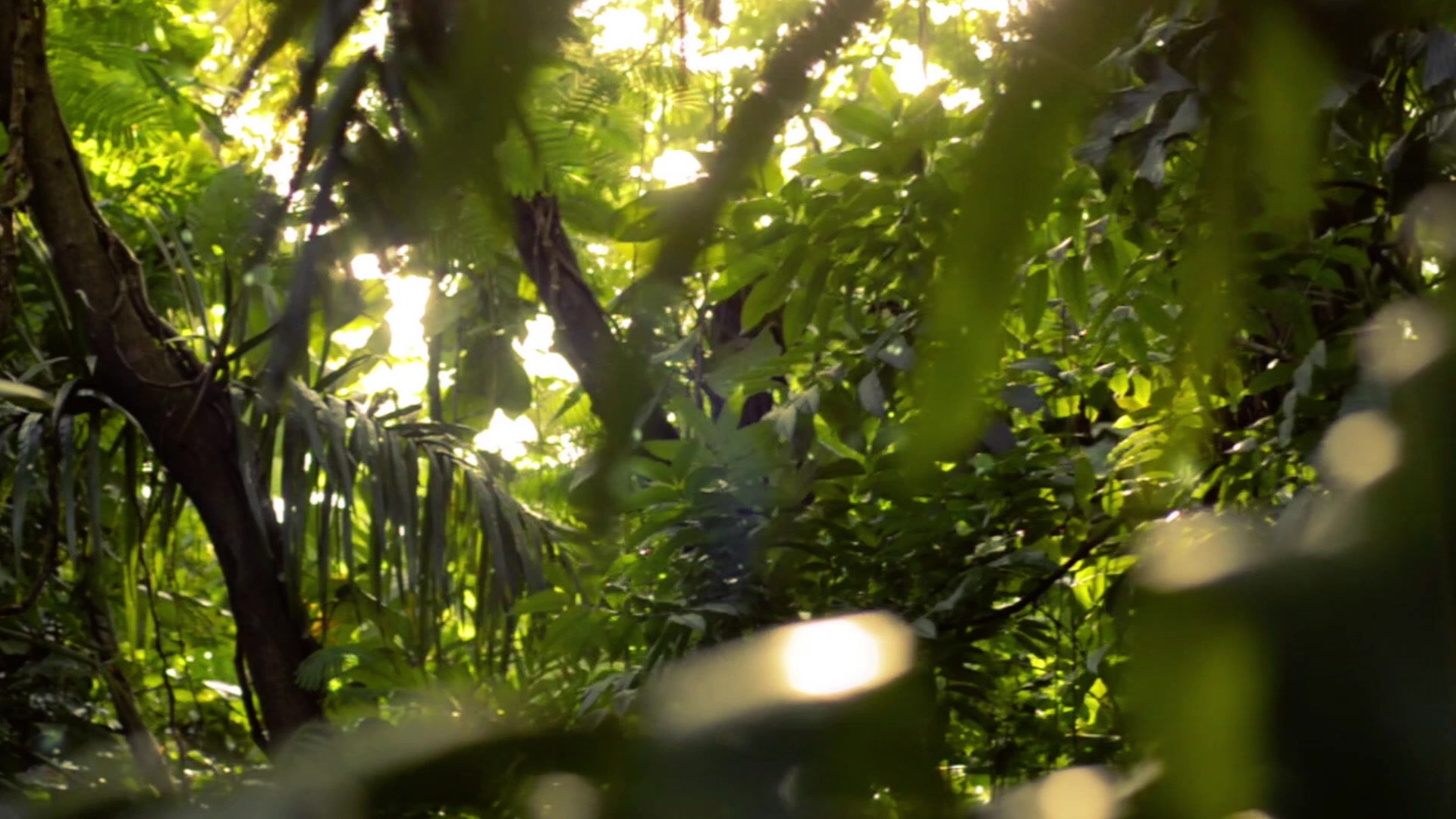
Flying to the sea
Chios Kitesurfing School
created by ERMIS AVGOUSTIDIS
Boards




Kitesurfing has some very different styles and disciplines and most frequently it is the board that defines that style.
There is a number of different board types so let's get down to the subject.
First and by far the most popular - the twin-tip board. Twin tip board is the easiest board to ride and it is the first board for a learning kitesurfer. It is bidirectional, so you don't have to switch feet when you make turns. It looks very similar to wakeboarding board but is still quite different (usually less bent and "sharper").
Standard twin tip board
Twin tip boards come in many different shapes and sizes. Standard board lenght is somewhere between 130 and 140 cm, but there are also boards 160 cm and bigger (plus extra wide) that are used specially in light wind conditions.
Further more, standard length twin-tips also differ among themselves although they all look similar to the untrained eye. They are usualy sold under one of the three labels: freeride, freestyle or wakestyle. Boards labeled as freeride are usually the cheapest and are tipically the best choice for beginners.
Lightwind twin tip board
Light Wind boards have been developed especially for little wind and are larger than normal Twintips. Light Wind boards are often also referred to as "doors". To ensure that Light Wind boards start planing as soon as possible, they have Lower or flat rocker. Due to their size, they also have a slightly harder flex than normal freeride boards. Their width is 45 cm or more. Length is 145 or more and they have low rocker shape to help get planing faster..
For some people twin-tip is all you need, but there will also be those who want to add a new flavor to their kiting. They have a couple of options to choose from.
Wave kiteboard
The wave board (or kite surfboard) looks similar to shortboard surfboard, and as the name says it is the best choice for riding waves. It is unidirectional and fins are placed only on the rear side of the board (or the tail). When you make turns you have to switch feet (tack or jibe). It has more volume than twin-tip which gives it extra buoyancy, more floaty feeling and enables easier wave riding. They can be ridden with or without footstraps.
Hydrofoil boards
are becoming more and more popular in the last couple of years. In hydrofoils, there is a wing beneath the board that dives through the water and lifts the rider above surface as he picks up speed. They are famous for being able to ride in the lightest winds.
Jumbo Title
HOW TO CHOOSE THE RIGHT KITEBOARD


We were doing some research into types of kiteboards this week and asked one of the local groups Northeast #kitelifecrew what most riders consider when buying a kiteboard. Some of the answers were rather interesting and so we decided to put this article together. Whether you’re just getting into kiteboarding or you’re a seasoned kiteboarder sometimes deciding on the right kiteboard for yourself can be a bit overwhelming with all the options these days. What type of shape should you get? Which style of riding do you prefer the most? Do you want an aggressive rocker or a shallow rocker? How wide a board do you need? All these factors can make selecting the correct board for your needs a bit of touch decision. The shop assistants at your local kiteboarding shop can guide you in the right direction with selecting the right kiteboard for you, however, it is always good to have some background knowledge about the types of boards that are available on the market.
When buying a new kiteboard there are a few things to consider: Width, thickness, flex, rocker and length. These features help determine the kiteboards performance. Here are a few things to take into account before spending your hard-earned money on the type of kiteboard best suited to your needs.
Length:
Long boards are great for beginners and for those light wind days. Longer kiteboards are able to be controlled in high riding speeds. Long boards are also forgiving and offer early planing.
Short boards are great for strong winds. They are more nimble and loose which offers the rider a greater ability to manipulate the board.
Width:
Wide boards are able to go on plane earlier than narrow boards. Having a wider board during light wind days is ideal.
Narrow boards are controllable in chop and high wind speeds.
Thickness:
Thin boards have direct, light weight, specific flex zones.
Thick boards are more stable and buoyant.
Rocker:
Big rocker in a kiteboard offers a more comfortable ride. When a board has a big rocker its edges catch less during maneuvers and is easily controllable during choppy water sessions and/or in strong winds. The board is slower at planing capabilities.
Little rocker in a kiteboard makes the board faster and able to hold a precise edge for controlled popping. The rails of boards with little rocker catch more easily and can be more challenging to ride.
Flex:
The more flex a kiteboard has the more comfort riders will experience. More flex also offers softer riding and landings by absorbing the chop of the water.
A board with too much flex, however, is not direct and too soft to pop efficiently.
Stiffness:
Stiff boards are ideal for heavier riders. They offer more power and are best for freestyle riders.
Soft boards are great for light weight riders or in light winds.
Shape of the Kiteboard:
Round – easier to turn but less edge control for take off.
Straight – good edge control for take off but harder to turn.
Concave – great upwind potential but bad turning performance.